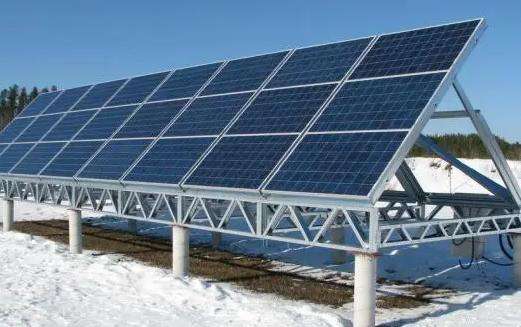There is a problem with your statement. There is no hydrogen or oxygen in water (referring to pure water, ideally) (pure water does not take into account dissolved hydrogen and oxygen). Water contains two elements, hydrogen and oxygen, or we can say that a water molecule contains two hydrogen atoms and one oxygen atom. What can burn is a mixture of hydrogen and oxygen composed of hydrogen (gas) and oxygen (gas) molecules generated after water electrolysis (and the mixing ratio is within the limit of explosion, a violent oxidation reaction will occur - an explosion.< /p>
In short, there are two atoms of hydrogen and oxygen in water molecules, but there are not two molecules of hydrogen and oxygen Oxygen molecules support combustion, but atoms are not flammable p>
How do hydrogen and oxygen combine to produce fuel. electricity and heat?
For each mole of waterproduced, 2 moles of electrons must be transferred.
To generate 1 L of water, approximately 2×1000/18=111.11 moles of electrons must be transferred.
However, strictly speaking, the transfer of electrons occurs in the external circuit, and the carriers transferred between the positive and negative electrodes of the battery are hydroxyl radicals.
The reaction formula of the electrode is as follows:
Negative electrode: 2H2 + 4OH- -4e-=== 4H2O<. /p>
Positive electrode: O2 + 2H2O + 4e-=== 4OH-
Total reaction formula: 2H2 + O2 === 2H2O
So that the water produces oxygen, electrolysis of water is sufficient, but there are caveats!
The so-called electrolysis reaction of water is the oxidation and reduction of water under the action of an electrical energy reaction, in which hydrogen ions are reduced to. Hydrogen gas and hydroxide ions are oxidized to oxygen gas.
So if you want to getTo produce only oxygen without generating hydrogen gas, there should be something else that is easier to reduce than hydrogen ions. For example, copper ions, just add a little copper sulfate
Detailed information:
The material of the fuel cell electrode is generally. an inert electrode. Strong catalytic activity, such as platinum electrodes, activated carbon electrodes, etc. Thanks to this principle, the fuel cell can continuously transmit energy to the outside during operation, so it can also be called a "generator".
Generally speaking, when writing the chemical reaction equation of a fuel cell, you need to pay close attention to the acidity and alkalinity of the electrolyte that occur on the positive and negative electrodes. The reaction is not isolated, it is often closely linked to the electrolytic solution.
For example, there are two types of hydrogen-oxygen fuel cells: acidic type and alkaline type. The formula for negative electrode reaction in acid solution is: 2H2-4e-==4H+ and the formula for Dpositive electrode action. is: O2 + 4H+ +4eˉ== 2H2O; If it is in an alkaline solution, it is impossible for H+ to appear, and in an acidic solution, it is impossible for OHˉ to appear.
Baidu Encyclopedia - Hydrogen Oxidation Reaction














